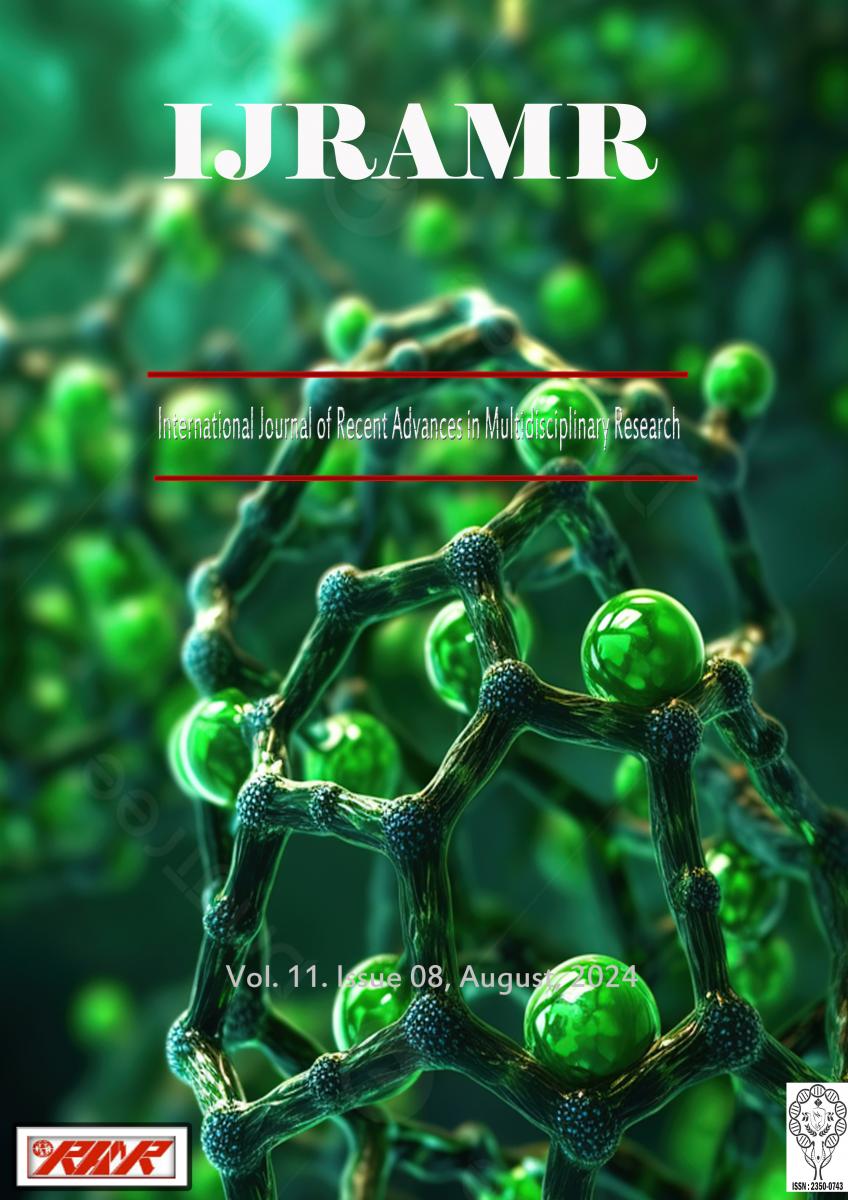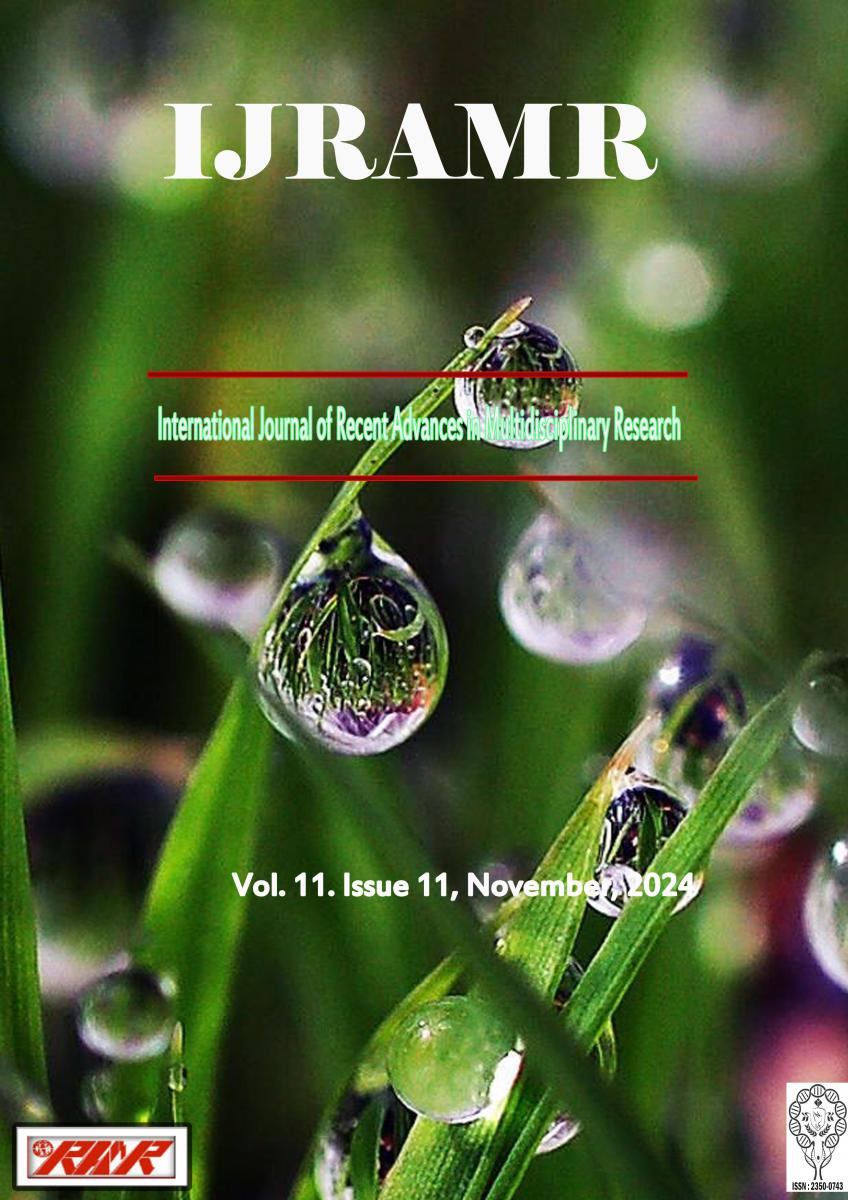Vocational schools play a pivotal role in training skilled professionals for specific careers through two-year education programs that offer multiple semesters annually, ultimately granting associate degrees (1). Among these institutions, Health Vocational Schools specialize in diverse health-related disciplines, such as anesthesia, audiology, medical imaging, pharmacy services, and more (2). The focus of this study is the anesthesia program within the Vocational School of Health Services, a critical 2-year program ranked third in university preference for 2022 (3). Anesthesia technicians, educated through this program, are essential personnel responsible for various anesthesia-related tasks. This study aims to establish a standardized framework for evaluating the skills and interventions taught in the two-year anesthesia technician program. It seeks to assess the efficacy of clinical training methods by analyzing the interventions performed by students during their clinical practice training. The study also aims to identify areas where improvements are needed and contribute to the professional development of anesthesia technicians. A cross-sectional evaluation was conducted on interventions performed by second-year students enrolled in the Department of Anesthesia Technician at Health Sciences University Health Vocational School during the 2021-2022 academic year. Ethical approval was obtained, and students underwent clinical practice in various departments. An evaluation form was designed to categorize interventions into anesthesia applications, airway and respiratory procedures, anesthesia device use, and other professional practices. The form tracked variables such as patient evaluation, monitoring, anesthesia application, and more. The study encompassed 65 students, with 47 females and 18 males, aged 18 to 22 years. Analysis of interventions during spring and fall semesters revealed variation in success rates. In both semesters, interventions like drawing arterial blood, orotracheal intubation, and others were assessed. Statistically significant differences were observed in several categories, including patient evaluation, monitoring, anesthesia application, airway maneuvers, and device control. Notably, feedback from instructors and students showed no suggested changes to the evaluation form. The study underscores the significance of integrating theoretical knowledge with practical experience in anesthesia programs. The proposed evaluation form effectively tracks and assesses students' interventions during clinical practice, offering insights into their skills and performance. The findings contribute to improving the education of anesthesia technicians and highlight the importance of standardized evaluation methods for practical training in the field.






